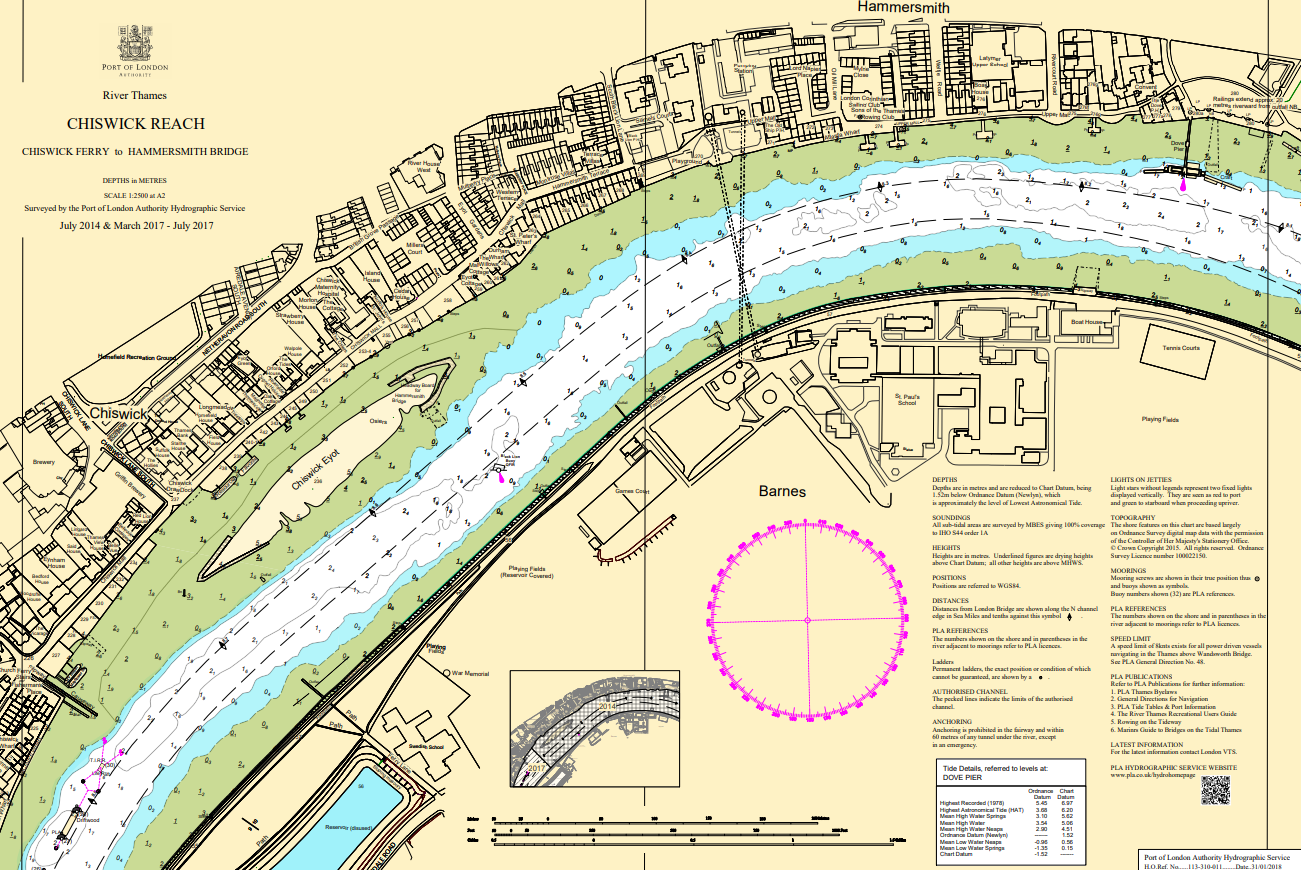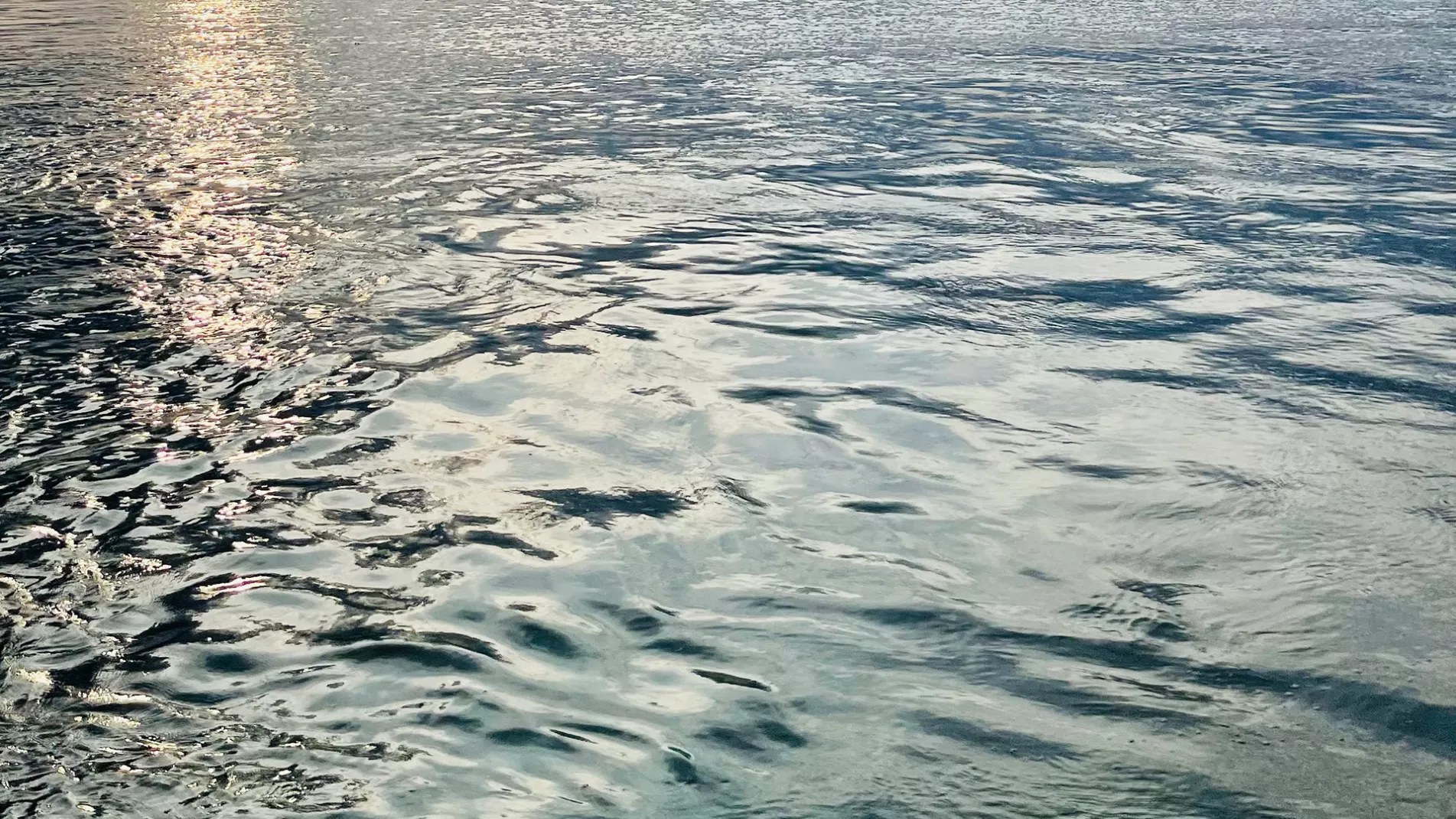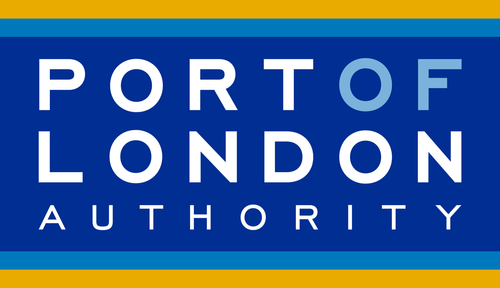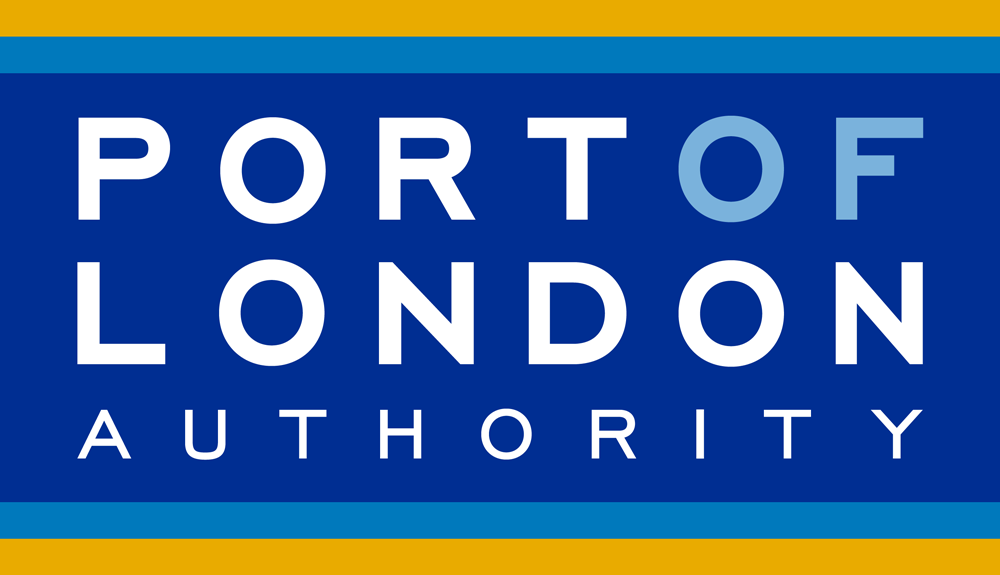Live Tides
NOTICES TO MARINERS
Charts & Surveys

Incident reporting
Life-threatening emergencies on the river:
Call 999 and ask for the Coastguard
For near miss, safety observations and incident reporting click below

Waste management plan
Waste Reception
Legislation
All vessels, however small, generate waste of some description. The waste may be oil, noxious, cargo residues, kitchen waste, sewage or garbage. The Marpol 73/78 Convention aimed at preventing all types of pollution entering the rivers and seas, governs the safe and responsible disposal of this waste.
The Merchant Shipping (Port Waste Reception Facilities) Regulations requires all ports, terminal and marinas throughout the UK to produce a plan detailing how they organise and provide port reception facilities for Marpol designated waste. Each port operator is required to prepare a plan for the approval by the local office of the Maritime and Coastguard Agency. These plans detail how the operators organise and provide port waste reception facilities.
The Royal Yachting Association (RYA) has guidance on its website.
Who provides the waste reception facilities
The provision of reception facilities for Marpol waste within the Port of London is the responsibility of the operators of the individual terminals, piers, marinas, yacht clubs, houseboats and port services businesses. Supported by the PLA, each operator has prepared its own waste management plan.
The PLA as the statutory navigational authority for the tidal Thames, has assumed the role of facilitator and co-ordinator of the Port of London Waste Management Plan. It has provided operators with guidance and information on how to prepare a plan to meet the requirements of the legislation.
Each operator has a waste management plan which gives details of how and where to dispose of waste. Operators also have a responsibility to ensure that each ship or craft knows what to expect when it arrives at a berth or other facility. Most operators have information sheets as part of their plan which explains the arrangements that exist of each type of waste. This includes information on where facilities are located on site together with a map, contact details of approved waste contractors, charges that apply, and any notice required.
Are there any charges for this service?
Individual operators determine charges for the use of their waste reception facilities.
Discover


